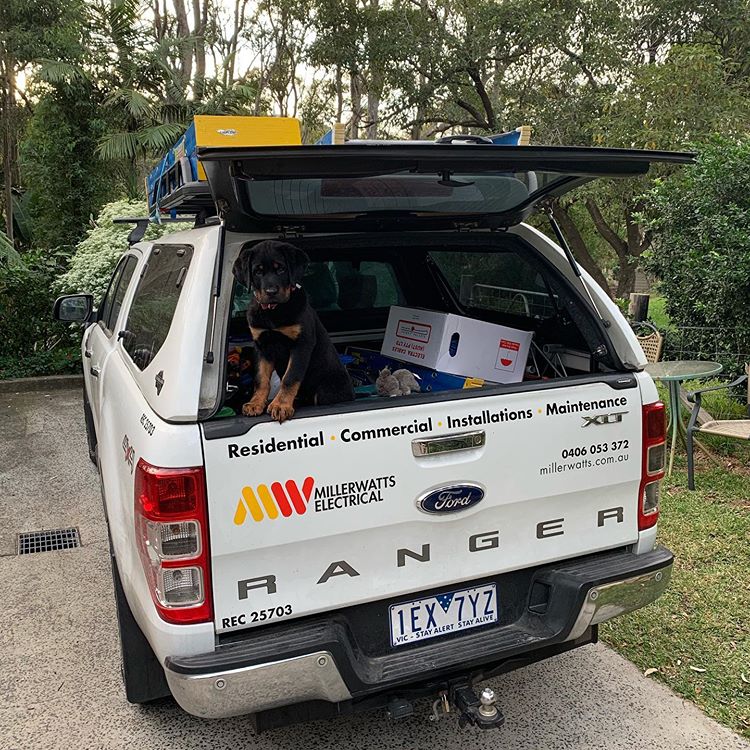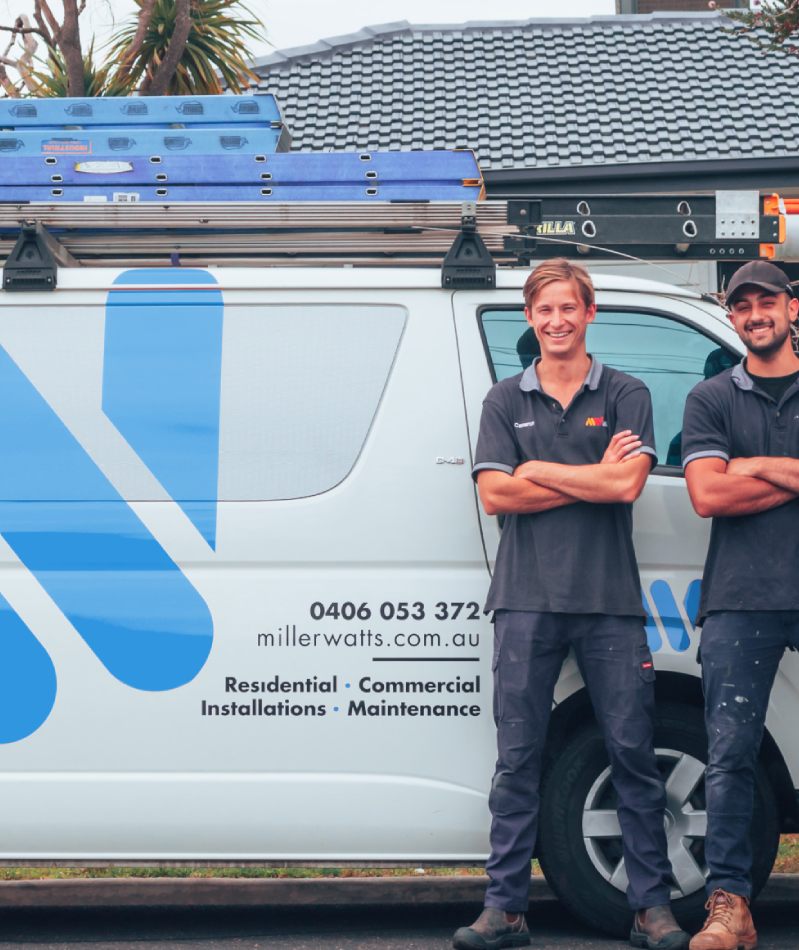SMOKE DETECTOR MAINTENANCE and
INSTALLATIONs

Smoke detectors are devices that sense smoke, typically as an indicator of fire. Household smoke detectors, also known as smoke alarms, generally issue an audible or visual alarm from the detector itself or several detectors if there are multiple smoke detectors interlinked.
Smoke detectors are housed in plastic enclosures, typically shaped like a disk. Smoke can be detected either optically (photoelectric) or by physical process (ionization) and detectors may use one or both sensing methods.
Domestic smoke detectors range from individual battery powered units to several interlinked units with battery backup. With interlinked units all of the alarms will trigger even if household power has gone out. The risk of dying in a home fire is cut in half in homes with working smoke alarms and that is why, in 1997, the Victorian state government made a law that states that smoke alarms must be installed in all homes. It is the legal responsibility of the homeowner to ensure working smoke alarms are installed and are working correctly.
It is extremely important, when installing smoke alarms, to think about the placement of them. Smoke alarms should be installed in every hallway, living area and bedroom of a house, especially since smoke alarms cannot detect smoke through closed doors.
In houses with more than one level, it is also suggested that a smoke alarm should be installed in the hallways or staircases between the levels. It is also worth thinking about any other rooms in the house, including the garage, although, depending on your vehicle this may require a specialist smoke alarm.
If you can, it is suggested that smoke alarms are interconnected. In fact, if your house was built recently, it is law that the smoke alarms are interconnected. The purpose of this is so that if there is a fire, all the alarms throughout the building will sound, thus alerting all occupants.
It is also very important to position your smoke alarms correctly, for example, kitchen smoke alarms should be installed at least 3 meters from a cooking appliance to minimize false alarms when cooking. Always mount smoke alarms high on walls or ceilings (remember, smoke rises).
Wall-mounted alarms should be installed not more than 30 centimeters away from the ceiling (to the top of the alarm). Make sure you never install smoke alarms near windows, doors, or ducts where drafts might interfere with their operation. Also, never paint smoke alarms or put stickers over or decorations around them as they could keep the alarms from working.
Incorrectly located smoke alarms may cause nuisance alarms. Smoke alarms should not be placed in kitchens, and near the doorways of bathrooms or laundries or within:
- 300mm of a corner of a ceiling or wall;
- 300mm of a light fitting;
- 400mm of an air-conditioning vent; or
- 400mm of the blades of a ceiling fan.
It is important to choose the best smoke detector possible to ensure the safety of you and your family, but it’s not always obvious which devices are the best. Be sure to consider the following things to help you choose a good smoke detector:
- Power Source – Is battery or hardwired best for your environment. Both charges have batteries that need to be changed every 6 months. Millerwatts qualified electricians can help you choose.
- Features – Modern smoke detectors offer many features that may be useful. For instance, voice control detectors allow you to hush an alarm if you accidentally burn something when cooking, Others have remote control systems, if you are not sure what is best for you, just ask us!
Millerwatts electricians are experts in smoke alarm detection and are the best people to speak to when looking for safe smoke detection for you and your family.

